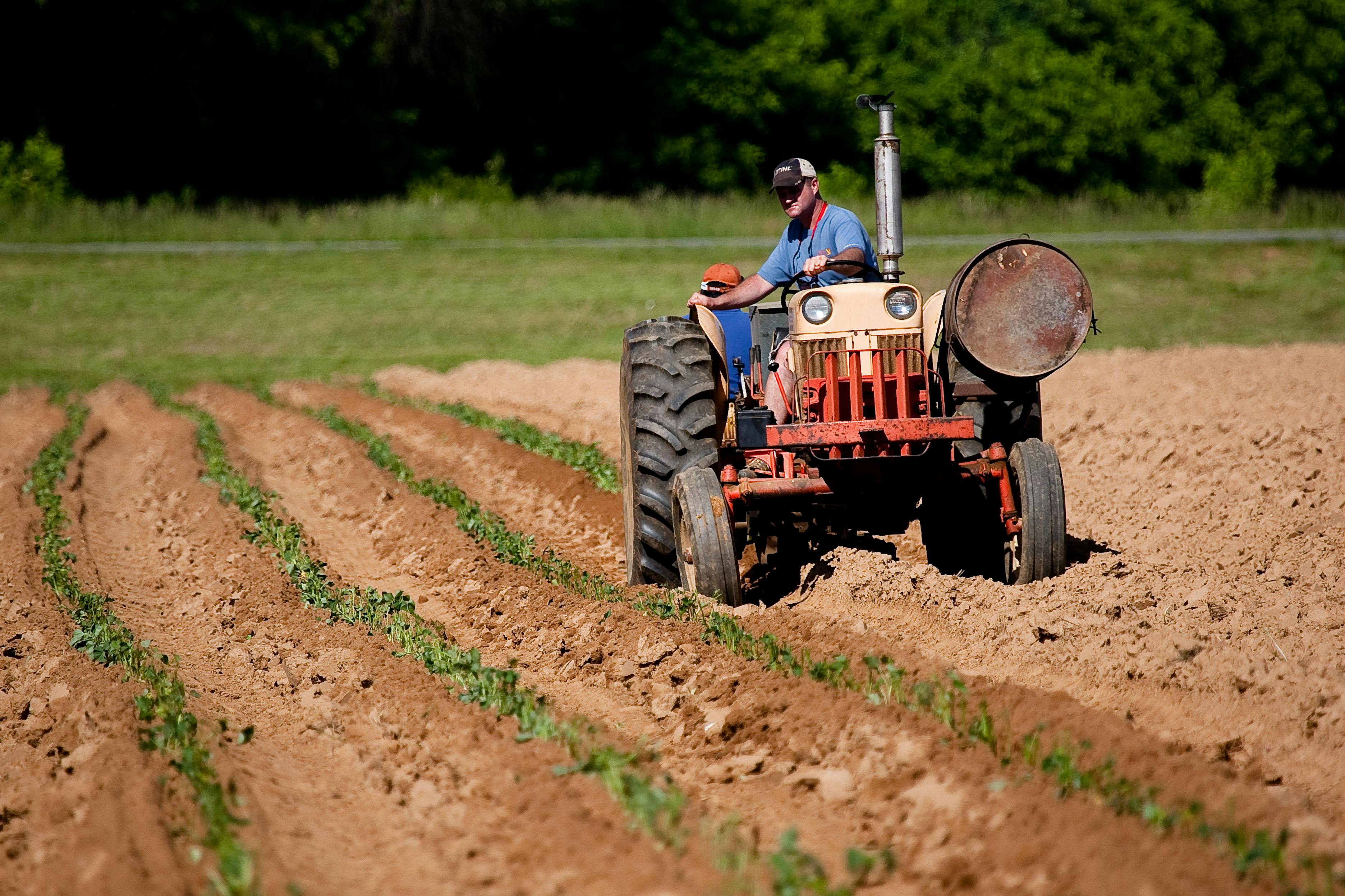How Rent to Own Farming Tractors Work: Key Facts for 2025
As the agricultural landscape evolves, farmers are constantly seeking innovative ways to acquire essential equipment without breaking the bank. Rent to own farming tractors have emerged as a popular solution, offering flexibility and financial advantages for those looking to modernize their operations. In this comprehensive guide, we'll explore the ins and outs of rent to own tractor programs, their benefits, potential drawbacks, and key considerations for farmers considering this option in 2025.

What is a rent to own tractor program?
A rent to own tractor program is a financing arrangement that allows farmers to lease a tractor with the option to purchase it at the end of the rental period. This model combines the benefits of renting with the long-term ownership potential, making it an attractive choice for many agricultural professionals. Typically, a portion of each rental payment goes towards the purchase price of the tractor, giving farmers the ability to build equity over time.
How do rent to own agreements differ from traditional leases?
Unlike traditional leases, rent to own agreements provide a clear path to ownership. While both options allow farmers to use equipment without a large upfront investment, rent to own programs offer more flexibility and control. With a rent to own agreement, farmers can often choose to purchase the tractor at any point during the lease term, usually at a predetermined price that factors in the payments already made.
What are the pros of rent to own farming tractors in 2025?
Rent to own tractor programs offer several advantages for farmers in 2025. Firstly, they provide access to modern, high-performance equipment without requiring a substantial initial investment. This can be particularly beneficial for small or starting farmers with limited capital. Additionally, these programs often include maintenance and repair services, reducing the overall cost of ownership. The flexibility to upgrade to newer models as technology advances is another significant benefit, ensuring farmers can stay competitive in an ever-evolving industry.
Are there any cons to consider with rent to own tractors?
While rent to own programs offer many benefits, there are potential drawbacks to consider. The total cost of ownership through a rent to own agreement may be higher than outright purchasing, especially for farmers who have access to low-interest loans. Additionally, some agreements may have strict usage limits or penalties for early termination, which could be problematic for farmers with fluctuating needs. It’s crucial to carefully review the terms and conditions of any rent to own agreement to ensure it aligns with your long-term financial and operational goals.
Who should consider rent to own tractors for agriculture?
Rent to own tractor programs are particularly well-suited for certain types of agricultural operations. New farmers just starting their businesses can benefit from the lower initial costs and the ability to build equity over time. Similarly, small to medium-sized farms looking to expand their operations without taking on significant debt may find these programs attractive. Farmers who prioritize having access to the latest technology and equipment upgrades should also consider rent to own options, as they often provide more flexibility to switch to newer models.
What financing options exist for farm equipment with no upfront cost?
For farmers seeking to acquire tractors and other farm equipment with minimal upfront costs, several financing options are available in 2025. Rent to own programs are just one of these options. Others include:
-
Equipment leasing: Traditional leases allow farmers to use equipment for a set period without the option to purchase.
-
Zero-down loans: Some lenders offer loans with no down payment, spreading the cost over the loan term.
-
Government-backed loans: Programs like those offered by the USDA provide low-interest financing options for farm equipment.
-
Manufacturer financing: Many tractor manufacturers offer their own financing programs with competitive terms.
To help farmers compare these options, here’s a breakdown of typical financing structures for a mid-range tractor:
| Financing Option | Provider | Monthly Cost Estimate | Ownership Potential |
|---|---|---|---|
| Rent to Own | TractorRent Co. | $800 - $1,200 | Yes, after term |
| Equipment Lease | AgriLease Inc. | $600 - $900 | No |
| Zero-Down Loan | FarmBank | $1,000 - $1,400 | Yes, immediate |
| USDA Loan | USDA FSA | $700 - $1,000 | Yes, immediate |
| Manufacturer Financing | John Deere Financial | $900 - $1,300 | Yes, immediate |
Prices, rates, or cost estimates mentioned in this article are based on the latest available information but may change over time. Independent research is advised before making financial decisions.
In conclusion, rent to own farming tractors offer a viable solution for many agricultural professionals looking to acquire essential equipment in 2025. By carefully weighing the pros and cons, considering their specific operational needs, and exploring various financing options, farmers can make informed decisions that support their long-term success and sustainability in the ever-changing world of agriculture.






